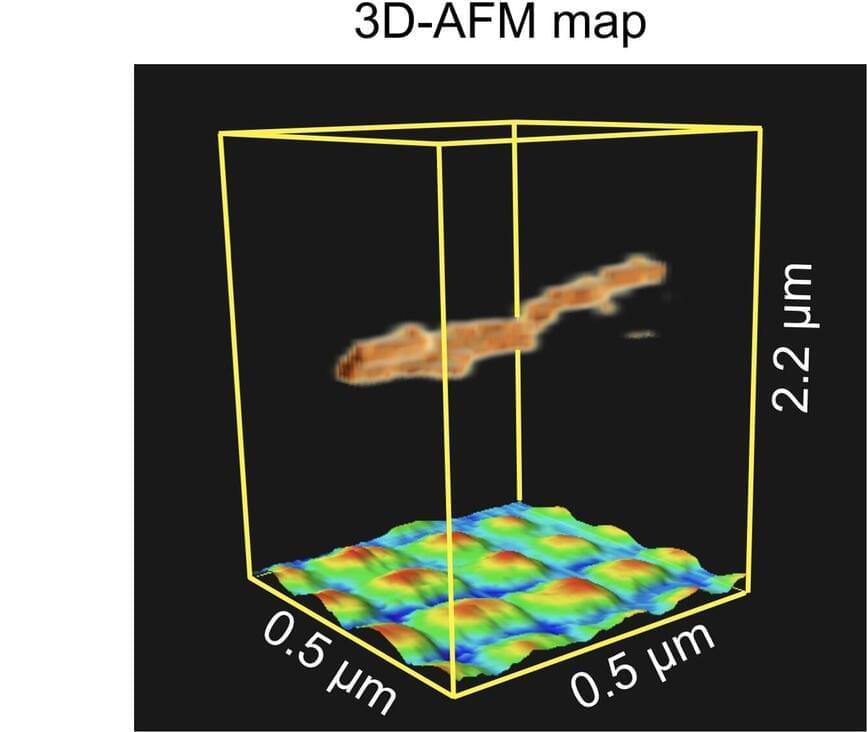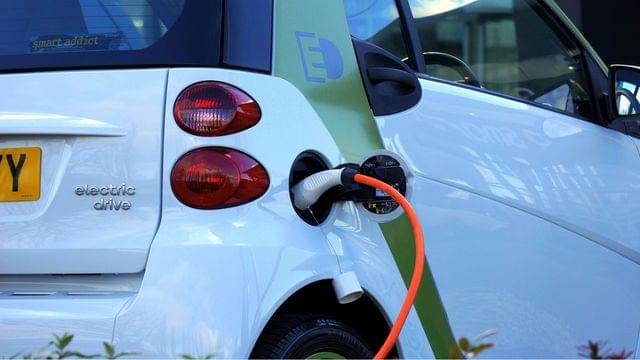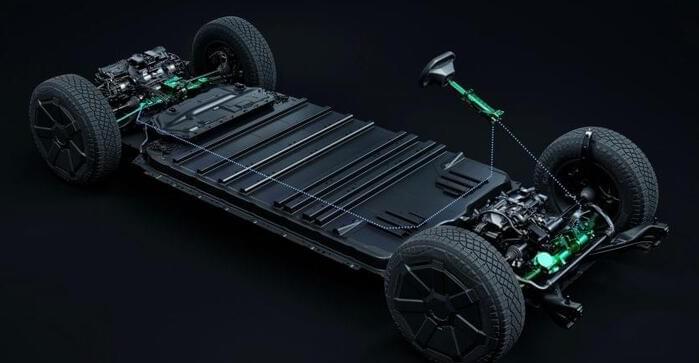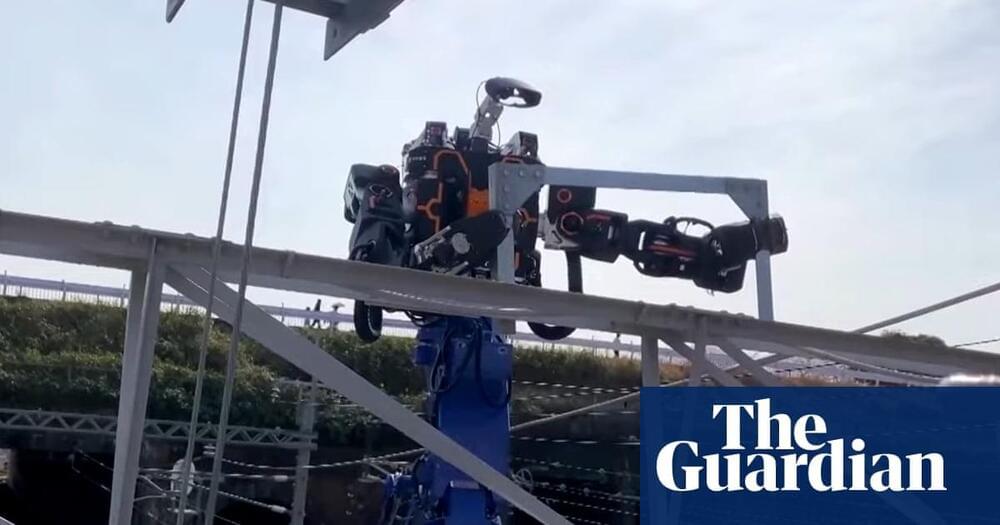Tesla’s autopilot technology and the increasing affordability of electric vehicles are set to revolutionize the transportation industry, making transportation as a service cheaper and safer, and leading to a significant drop in oil demand and potential geopolitical implications Questions to inspire discussion How safe.
Category: transportation – Page 70
Watch: Figure’s 01 humanoids now working at BMW’s car plant in US
In January 2024, Figure signed its first commercial agreement with BMW to deploy its humanoid robot in the German carmaker’s production facility in Spartanburg, South Carolina.
Now, the California-based robotics firm has released a video showcasing its 1 humanoid robot executing its first job by…
Figure’s humanoid robot, deployed at BMW’s facility, demonstrates full autonomy in vehicle assembly, guided by neural network-driven actions.

Researchers explain the imaging mechanisms of atomic force microscopy in 3D
Researchers at Nano Life Science Institute (WPI-NanoLSI), Kanazawa University report the 3D imaging of a suspended nanostructure. The technique used is an extension of atomic force microscopy and is a promising approach for visualizing various 3D biological systems.
Atomic force microscopy (AFM) was originally invented for visualizing surfaces with nanoscale resolution. Its basic working principle is to move an ultrathin tip over a sample’s surface. During this xy-scanning motion, the tip’s position in the direction perpendicular to the xy-plane follows the sample’s height profile, resulting in a height map of the surface.
In recent years, ways to extend the method to 3D imaging have been explored, with researchers from Nano Life Science Institute (WPI-NanoLSI), Kanazawa University reporting pioneering experiments on living cells. However, for 3D-AFM to evolve into a widely applicable technique for visualizing flexible molecular structures, a thorough understanding of the imaging mechanisms at play is necessary.

High-selectivity graphene membranes enhance CO₂ capture efficiency
A new class of materials known as “glassy gels” could find use in areas ranging from batteries to adhesives, thanks to their unique set of physical properties.
Meixiang Wang, a post-doctoral fellow from Michael Dickey’s group at North Carolina State University, discovered these new materials while trying out different mixtures for making gels that she hoped would be useful ionic conductors.
Standard gels, such as those used to make contact lenses, are polymers with an added liquid solvent. The liquid weakens the interactions between the chains of molecules forming the polymer, allowing the gel to extend easily but leaving it soft and weak mechanically. In contrast, glassy polymers, like those suitable for airplane windows, contain no liquid and have strong interactions between their constituent polymer chains. This renders them stiff and strong but, in some cases, brittle.

Impressive AI video generator KLING now available as web version
Kuaishou introduces a web version of its impressive AI video generator, Kling AI, based on an “improved model” with new features.
Chinese tech company Kuaishou has unveiled KLING, a new video generation model. Based on the demos, it could rival OpenAI’s Sora.
Kuaishou says KLING can make videos up to two minutes long at 1080p resolution and 30 frames per second. It can also model complex motion sequences that are physically accurate.
One video shows a two-minute train ride made with the prompt “Train ride with different landscapes seen through the window.” OpenAI announced its video model Sora in mid-February, with relatively consistent videos up to one minute long.



Hopper Is a German-Built Three-Wheeler That Unifies the Benefits of E-Bikes and Cars
As the modern world faces various environmental challenges, city dwellers are increasingly looking for more sustainable and energy-efficient mobility solutions for their daily commutes.
With a partially-enclosed body, comfy seats, and a steering wheel, this electric three-wheeler is much comfier and more stable than a regular bike.

The Mathematics of Reliable Artificial Intelligence
The recent unprecedented success of foundation models like GPT-4 has heightened the general public’s awareness of artificial intelligence (AI) and inspired vivid discussion about its associated possibilities and threats. In March 2023, a group of technology leaders published an open letter that called for a public pause in AI development to allow time for the creation and implementation of shared safety protocols. Policymakers around the world have also responded to rapid advancements in AI technology with various regulatory efforts, including the European Union (EU) AI Act and the Hiroshima AI Process.
One of the current problems—and consequential dangers—of AI technology is its unreliability and subsequent lack of trustworthiness. In recent years, AI-based technologies have often encountered severe issues in terms of safety, security, privacy, and responsibility with respect to fairness and interpretability. Privacy violations, unfair decisions, unexplainable results, and accidents involving self-driving cars are all examples of concerning outcomes.